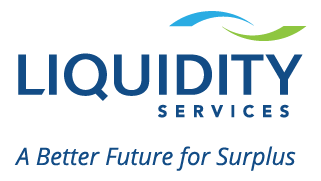As pharmaceutical companies continue to face industry challenges, including mergers and acquisitions and the pressure to reduce costs, a growing number are looking to the secondary marketplace as a sustainable, efficient solution for buying and selling quality used equipment.
In a recent feature article in Pharmaceutical Online entitled “Tips for Sourcing Used Pharmaceutical Equipment,” I provided guidance on how to utilize best practices for sourcing secondhand equipment. This includes validating equipment, assessing product needs, understanding sales channels, and expected savings and costs.
Equipment Condition and Sourcing
Because items are often sold “as is” with no refunds, it is critical that you know from whom and where the items have come. Some best practices to follow include:
- Know the source: Only buy equipment directly from a reputable seller through a credible sales channel.
- Know the condition of the asset(s): Preview the equipment in person, if possible, or validate the equipment from clear online images, videos, and a detailed written description.
- Avoid the risk of contamination: Ensure the equipment has come from a working lab and not from an unnatural environment, such as assets stored in a warehouse or non-standard facility.
- Ensure the asset has been HAZ/MAT cleaned: Companies are required to triple rinse most lab equipment.
Assessing Current Needs
Ensure that the technology of the device meets your company’s current required specifications.
- Older generation models can sufficiently meet working lab needs. For example, a generation 3000 mass spectrometer can work just as well as a generation 4000 model.
- New equipment is often available from companies that regularly upgrade their equipment, or it becomes available due to laboratory acquisition.
- Purchase items for immediate use. With an ample online supply, don’t rush to a purchase only to store the equipment for six months to a year.
Purchasing Channels, Savings, and Costs
Online auctions and private treaty sales are the most common channels in the secondary market today. Online auctions are typically held for high-demand products, facility and laboratory support equipment, and bulk lots of general laboratory and processing equipment. With online auctions buyers know what other bidders are offering and can make a choice to increase their bid or withdraw from the bidding process.
When purchasing through an online auction, buyers can expect to save:
- 30-40% on big-ticket equipment less than three years old, with an acquisition value of more than $25,000
- 30-50% on everyday laboratory equipment less than three years old
- 50-80% on all equipment more than five years old
Private treaty sales allow direct negotiation between the buyer and seller or negotiation through a third party broker. Big ticket or unusual items are typically reserved for private treaty sales. Benefits of a private treaty include:
- 40-60% savings off original acquisition price
- Immediate acquisition of the item
Secondary marketplaces offer buyers and sellers a wide variety of quality used products, lower acquisition costs, and a simple and seamless purchasing process, making it easier for organizations to integrate into their current and future procurement practices.>/p>



Comments are closed.